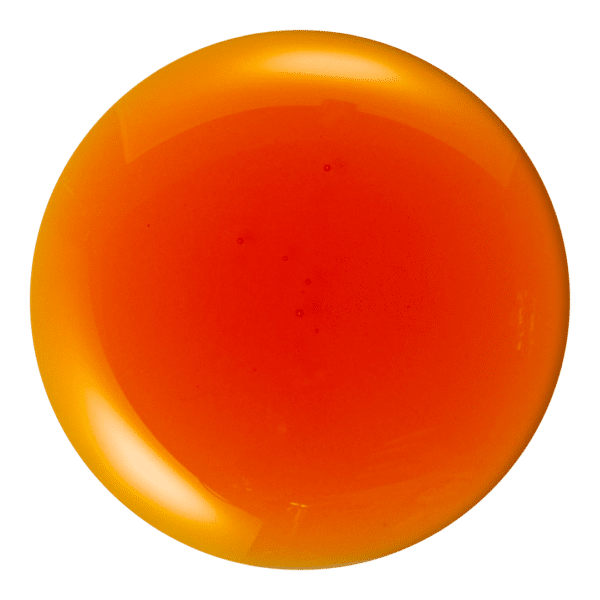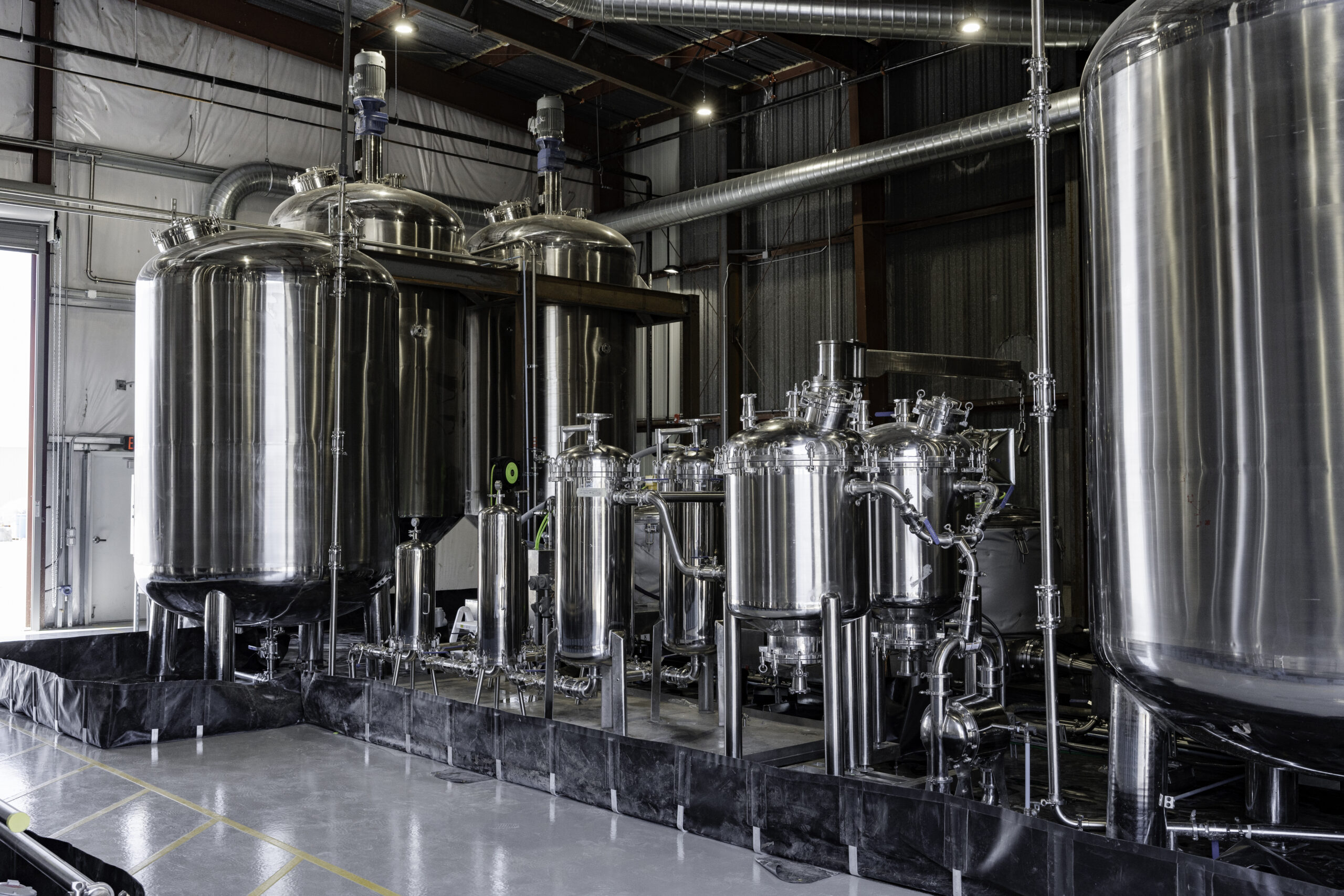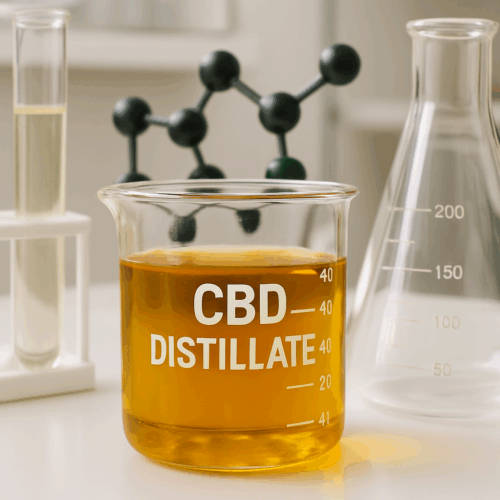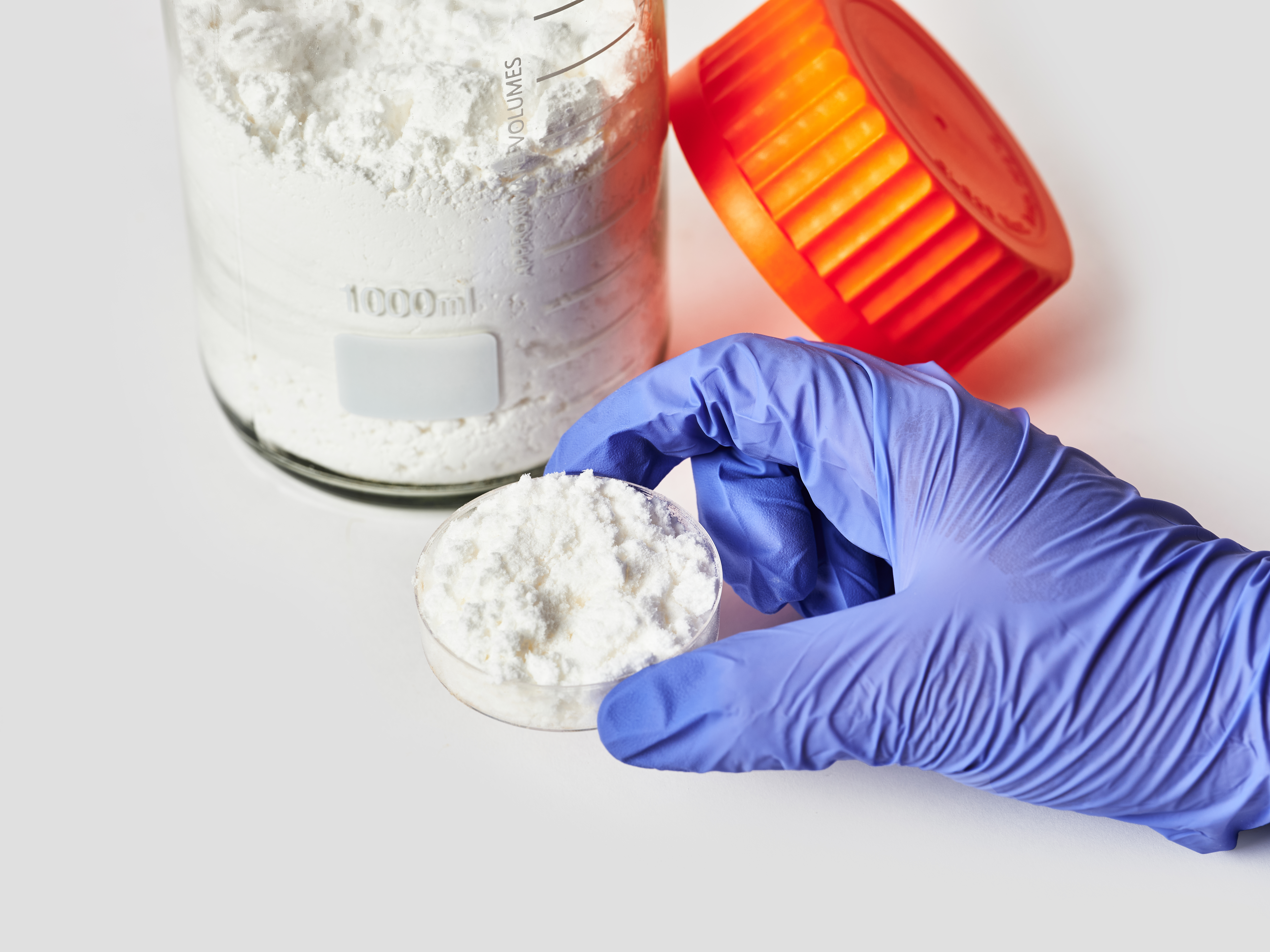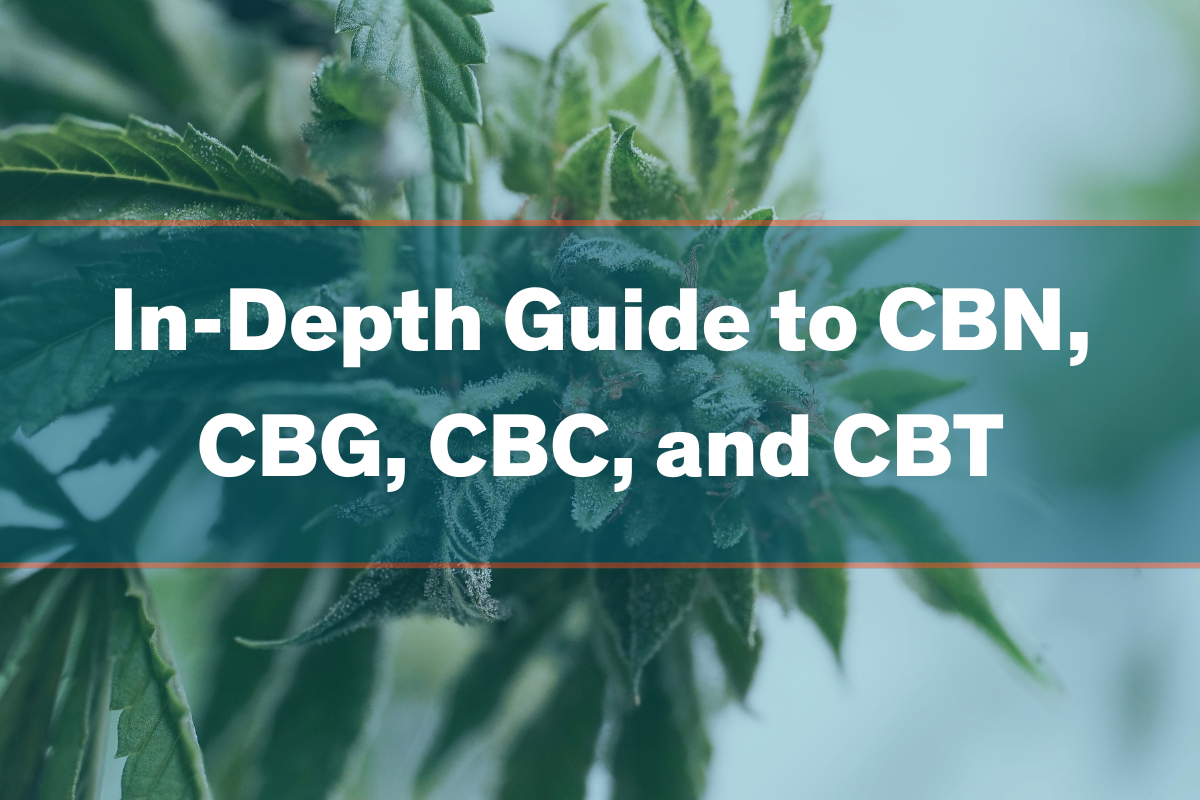Every popular product or ingredient goes through three distinct stages: obscurity, in which shoppers are unaware of its existence; growth, in which sales explode; and maturity, in which demand for the product or ingredient stabilizes with supply.
Knowing that the CBD market will inevitably reach maturity, investors and brands have begun to open markets for additional non-intoxicating cannabinoids found in hemp. Chief among these “minor cannabinoids” are cannabigerol (CBG) and cannabinol (CBN), both of which are reasonably easy to produce even though they seem to offer many distinct benefits.
Recently, new data came to light indicating that future prospects for CBD and CBG are brighter than we previously believed. In this guide, we’ll examine a recent report from market analyst BDSA that illustrates incredible gains in the CBG and CBN industries during 2022.
US cannabinoid growth trends: An overview
The BDSA report, entitled “CBN and CBG Sales See Rapid Growth as CBD Sales Slow in Cannabis Markets¹,” begins by outlining the overall situation in the cannabinoids CBD, CBG, and CBN find themselves in light of prevailing hemp market trends. BDSA notes that shoppers use cannabinoids for “a diverse set of need states” and highlights how “CBD, CBN, and CBG can better position a brand’s products to support needs like sleep and pain relief.”
Then, BDSA reminds us that CBG and CBN can be great tools for differentiation in CBD products, something that many brands have clearly noticed. Compared to even a year ago, there’s now a notable profusion of CBD products that also include CBG, CBN, or another minor cannabinoid.
Whether it’s due to the presence of CBG and CBN products online and on shelves, increased consumer interest in the two cannabinoids, or a combination of both factors, awareness of CBG and CBN has definitely increased since 2019. According to BDSA, only 11% of shoppers were aware of CBN and only 8% were aware of CBG in the fall of 2019, which swelled to 14% and 13% respectively by fall of 2021.
The latest BDSA data on Minor Cannabinoids
Overall, BDSA found that around 70% more products contained CBN across California, Colorado, Illinois, Massachusetts, Michigan, Nevada, and Oregon in Q1 2022 compared to Q1 2021. For CBG, the number of products containing the cannabinoid doubled across the same markets.
BDSA provides much more detailed data regarding the percentage change CBD, CBG, and CBN experienced in the adult-use cannabis markets of California, Colorado, Nevada, and Oregon, which analysts consider to have reached relative maturity. In some cases, CBG and CBN sales have increased in quadruple-digit percentages year-over-year, leading many to hope that there is still a great deal of room for both cannabinoids to grow.
CBG sales are exploding
CBG sales increase in Q1 2022 compared to Q1 2021:
- California: +655%
- Colorado: +1251%
- Nevada: +1105%
- Oregon: +1185%
People will likely remember 2022 as the year CBG gained mainstream popularity in cannabis and hemp culture. On average, sales of this cannabinoid increased by around 10 times across four of the nation’s most mature adult-use cannabis markets. Colorado and Oregon saw some of the most impressive growth and gains.
This year, those who keep their ear to the ground on social media have noticed a trend among chronic pain sufferers. Combining CBD and CBG is becoming a trend, as this combination may enhance relief for pain. It’s partially to this viral trend that we must attribute the surge of CBG in areas that are clearly not cannabinoid-naive.
It’s possible that sales increases like these can only last for so long. We won’t know until we try, however, and as we speak, countless brands are doing all they can to continue expanding the CBG markets in California, Oregon, Nevada, Colorado, and beyond.
CBN sales are gaining
CBN sales increase in Q1 2022 compared to Q1 2021:
- California: +29%
- Colorado: +145%
- Nevada: +30%
- Oregon: +22%
Compared to CBG, sales of CBN are not growing as fast in CA, CO, NV, and OR, but it’s hard to follow up the incredible numbers CBG boasted last year. And, to be fair, the CBN market growing by two-and-a-half times in Colorado is nothing to bat an eyelash at. CBN saw approximately 50% growth in America’s mature cannabis markets in 2022, with potential for further increase in 2023.
If you’ll recall back to the beginning of the article, BDSA found that a greater share of consumers are aware of CBN than are aware of CBG. The likely cause of the discrepancy between CBG and CBN growth in 2022, then, is simply that a greater number of CBG products are currently available on the market.
The closer that the ratio of CBN to CBG products on the market nears 1:1, the greater the sales percentages CBN will boast in markets like California and Oregon. Right now, it simply seems that shoppers have a hard time buying the CBN they want, a situation brands can start rectifying immediately.
CBD sales are holding steady
In states like California, Oregon, Nevada, and Colorado that have already had CBD for a long time, BDSA noted a moderate decline in sales volume in 2022. States that are newer to cannabis and hemp overall, though, posted CBD sales increases in 2022 — including Arizona, Illinois, and Massachusetts.
Even though the boom days of CBD appear to be on the wane, that’s not bad news. Market maturity provides brands with greater security, and the only payoff is being subject to greater regulation and transparency, which no reputable cannabinoid brand should fear.
There are also still plenty of states that show impressive yearly CBD sales increases. The CBD products that will do the best in both mature and naive markets are those that begin incorporating CBN, CBG, and other minor cannabinoids.
Popular CBG and CBN product categories
According to the BDSA report, gummies lead the race when it comes to product categories most likely to contain either CBG or CBN. Approximately 75% of CBN product sales and 70% of CBG product sales were attributed to gummies.
Tinctures comprised 5% of CBN sales and 10% of CBG sales in 2022; about 5% of each are sold as edibles. Clearly, gummies are the vehicle by which CBN and CBG are becoming familiar to shoppers, a trend brands should expand upon while also encouraging shopper interest in other product types.
Analysis
What does this new information from BDSA tell us about best practices when producing and selling CBG and CBN products in 2023 and beyond? Below, we’ll unpack some of the subtler points of BDSA’s analysis to provide some concrete directions on how to proceed in this rapidly evolving minor cannabinoid submarket:
Shoppers are more knowledgeable
First, it’s important to recognize that, slowly but surely, a greater number of shoppers are becoming aware of CBG, CBN, and their potential uses. Increased awareness brings two benefits: shoppers actively seek CBN and CBG, and educated shoppers are more open to these cannabinoids.
More products contain CBG and CBN
It’s a fact that a greater number of products contain CBG and CBN, which is part of the reason overall sales of these cannabinoids have increased so impressively over the last year. The growth each cannabinoid has shown should be viewed differently.
Growth percentages in the thousands are generally not sustainable. In 2022, the CBG market became more saturated, making it unlikely that new CBG products will achieve similar returns now.
CBN’s slower growth in 2022 contrasts with its higher consumer awareness compared to CBG. Properly positioned, CBN products could surpass CBG’s 2022 growth in 2023 and beyond.
CBD market approaches maturity
The CBD market reaching maturity has a variety of important implications. On the one hand, it means that hemp cannabinoids have finally been accepted into the mainstream, a moment proponents have long awaited.
CBD serves as a positive “Trojan horse,” breaking through shopper skepticism and paving the way for other cannabinoids. Inside are CBG, CBN, and a whole host of other minor cannabinoids that intend to spread healing without causing intoxication.
“Minor cannabinoids have huge potential to generate sales growth”
In its closing statements, BDSA concludes that the potential of CBG, CBN, and other minor cannabinoids to generate sales growth is nothing short of “huge.” The two factors prompting this increase, BDSA suggests, are expanding consumer knowledge and a greater number of CBG and CBN products being available.
Minors cannabinoids are replacing indica/sativa concerns
According to BDSA, products including minor cannabinoids like CBN and CBG should primarily be designed to produce repeatable experiences that will ultimately lead shoppers to choose hemp products based on the cannabinoids they contain. The market is currently preoccupied with questionable differences between indica, sativa, and hybrid products, and minor cannabinoids could provide the genuine, chemically explicable diversity of experience the mature hemp market has clearly begun to crave.
Sources
- 1. Rice, A. (2022, June 7). CBN Sales & CBG Sales See Rapid Growth as CBD Sales Slow. BDSA. https://bdsa.com/cbn-and-cbg-sales-see-rapid-growth/

